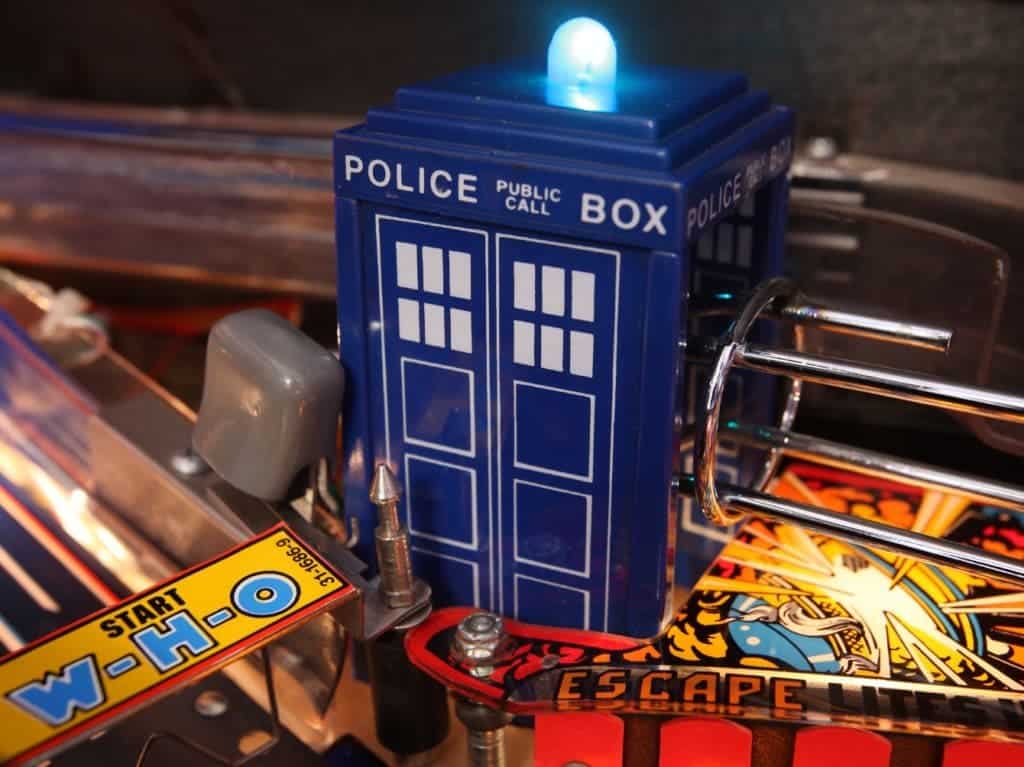New research from the University of British Columbia, Okanagan comes to validate the nerdiest of your dreams. Time travel is possible according to a new mathematical model developed at the university — but not likely anytime soon. Or ever.
The idea of modern time traveling machine has its roots in HG Wells’ Time Machine, published way back in 1885. Needless to say, it has enraptured imaginations all the way up to the present, and scientists have been trying to prove or disprove its feasibility ever since. One century ago, Einstein was unveiling his theory of general relativity, cementing time as a fourth dimension and describing gravitational fields as the product of distortions in spacetime. Einstein’s theory only grew in confidence following the detection of gravitational waves generated from colliding black holes by the LIGO Scientific Collaboration.
So time isn’t just an abstract, human construct — it’s a dimension just as real as the physical space we perceive around us. Does that mean we can travel through time? Ben Tippett, a mathematics and physics instructor at UBC’s Okanagan campus, says yes. An expert on Einstein’s theory of general relativity, sci-fi enthusiast and black hole researcher in his spare time, Tippett recently published a paper which describes a valid mathematical model for time travel.
“People think of time travel as something as fiction,” says Tippett. “And we tend to think it’s not possible because we don’t actually do it. But, mathematically, it is possible.”
Tippett says Einstein’s division of space in three dimensions with time as a fourth, separate dimension, is incorrect. These four facets should be imagined simultaneously, he adds, connected as a space-time continuum. Starting from Einstein’s theory, Tippett says that the curvature of space-time can explain the curved orbits of planets around stars. In ‘flat’ (or uncurved) space-time, a planet or a star would keep moving in straight lines. But in the vicinity of a massive stellar body space-time curves, drawing the trajectories of nearby planets and bending them around that body.
Tippett proposes using such a curvature to create a time machine. The closer one gets to a black hole, he says, time moves slower. So if we could find a way to recreate that effect and bend time in a circle for the passengers of the time-machine, we can go back or forward in time.
Tippett created a mathematical model of a Traversable Acausal Retrograde Domain in Space-time (TARDIS). He describes it as a bubble of space-time geometry which carries its contents backward and forwards through space and time as it tours a large circular path. The bubble moves through space-time at speeds greater than the speed of light at times, allowing it to move backward in time.
But although it’s possible to describe the device using maths, Tippett doubts we’ll ever build such a machine.
“HG Wells popularized the term ‘time machine’ and he left people with the thought that an explorer would need a ‘machine or special box’ to actually accomplish time travel,” Tippett says.
“While is it mathematically feasible, it is not yet possible to build a space-time machine because we need materials–which we call exotic matter–to bend space-time in these impossible ways, but they have yet to be discovered.”
The paper “Traversable acausal retrograde domains in spacetime” has been published in the IOPscience journal Classical and Quantum Gravity.










